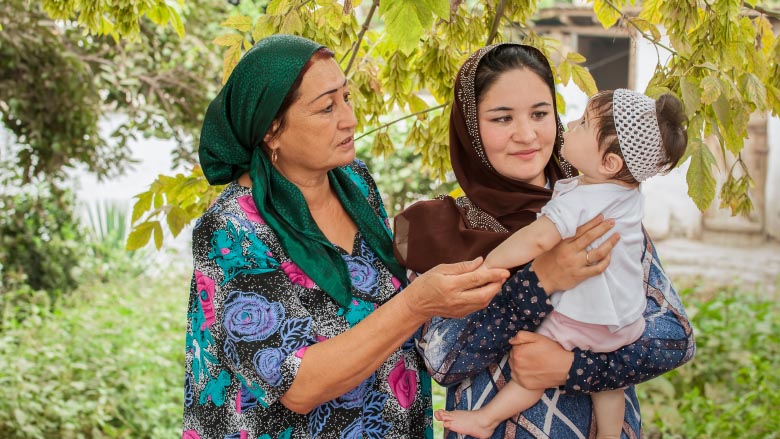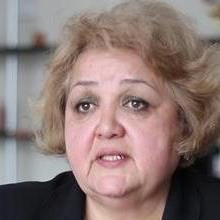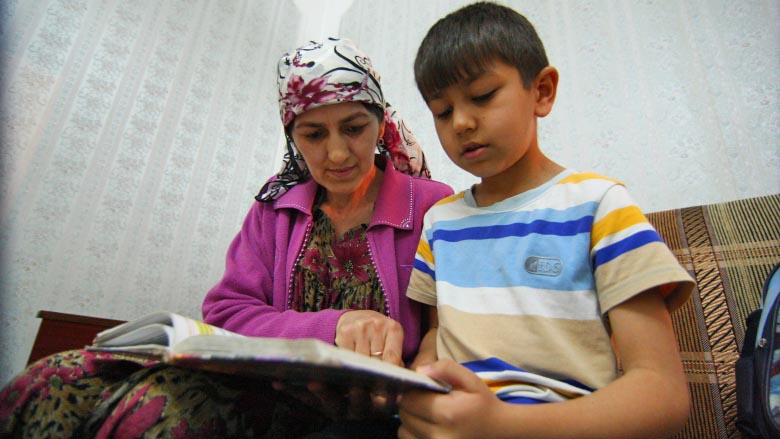Challenge
Landlocked and largely mountainous, with a population of about 8 million (50 percent of which is below age 24) and a GNI per capita of US$880 in 2012 (Atlas methodology), Tajikistan is the poorest country in Europe and Central Asia (ECA). Tajikistan is Central Asia’s least accessible, most isolated country, with only limited regional and international connectivity. High mountain ranges make internal communication difficult, especially in the winter. Tajikistan is also highly prone to climatic and natural disasters and is the most climate vulnerable country in ECA. Between 1997 and 2011, losses related to disasters exceeded US$353 million and have posed challenges to economic progress, social development, and poverty reduction. Following the 1991–97 civil war, Tajikistan endured a significant exodus of human resources and a degradation of economic infrastructure and the quality of human capital. Many reforms were delayed until the early 2000s and have only recently started to get under way. Despite a rapid economic recovery with GDP growth averaging 7–8 percent in 2000–13 and a significant drop in poverty from 81 to 36 percent in 1999–2012, the indicators of non-monetary poverty in Tajikistan remain high, with access to education, heating and sanitation being the main contributors to non-monetary poverty. As growth and income are driven largely by external factors such as migration and remittances, Tajikistan is vulnerable to external shocks as evidenced by the current economic slowdown. One of the country’s largest challenges is therefore to diversify the economy and create sustainable domestic jobs, primarily by stimulating private enterprise and improving the education system.
Approach
Given the multiple vulnerabilities and risks to inclusive growth, stability, and sustainable development, both external and internal, the World Bank’s approach has been to use concessional International Development Association (IDA) resources to mobilize partnership and trust funds to help Tajikistan to: (1) maintain sound economic management and policy; (2) promote private sector–led growth; (3) rehabilitate critical infrastructure, especially in energy; (4) create productive jobs, including for returning migrants in the agriculture and other sectors; and (5) support human development and social inclusion by reforming social services and rehabilitating infrastructure in public health and education. Furthermore, the Bank is helping Tajikistan to mitigate the long-term risks of climatic and natural disasters and, given the existing connectivity bottlenecks, gain access to: (a) regional markets through transport corridors and export of surplus electricity generation; and (b) global information and knowledge through infrastructure improvements (including telecommunications), thus diversifying economic opportunities.




